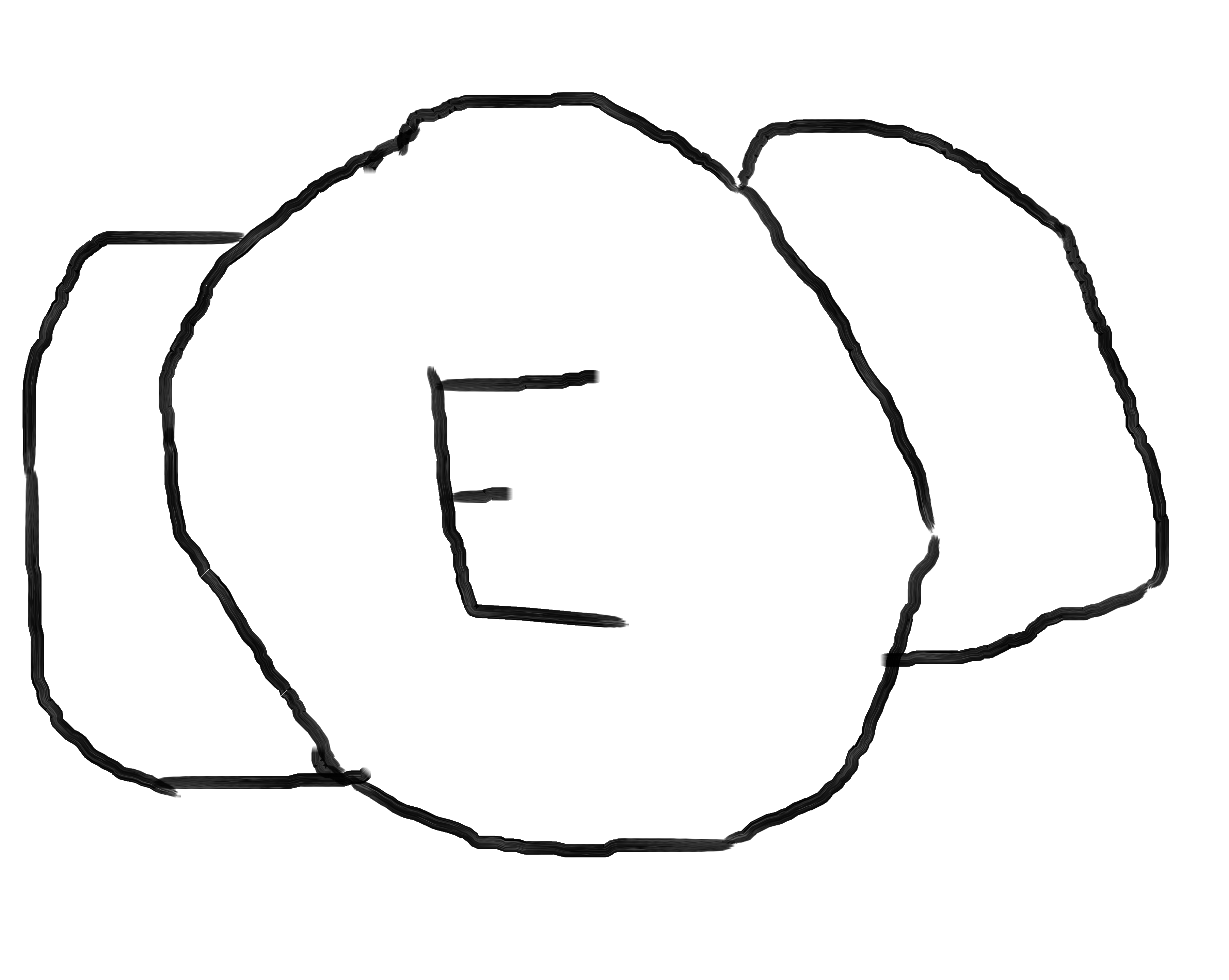That teacher should be fired How can they be allowed to teach and fuck that up
90% of these are faked for Internet points. Just like 99% of text message screenshots.

No internet points here
No point in anything, man.
Exactly! The answer the kid gave is the “correct” one because it shows a proper reasoning about fractions. While the teachers logic assumes that fractions are some kind of absolute value of measure???
That’s what annoys me with marking that as wrong. The kid clearly understood the problem.
Teacher doesn’t know there’s more than one size of pizza I guess.
The teacher’s from another timeline where the “pizza” made it into SI as the standard unit of food area.
This is one of those problems that makes more sense with context. The teacher had the students working on “reasonableness”, which is essentially “does the question I’m asking make sense?”. The students were probably instructed to ignore actually trying to solve the problem when presented with one, but instead explain why the question either does or doesn’t make sense.
In this case the student potentially misunderstood the task. The failure on the teacher’s part is wording the question in such a way that it actually has a reasonable solution, and isn’t necessarily an unreasonable question.
The feedback should look totally different if that was the case though
The teacher doesn’t need to write all of that to get the point across. They can speak to them on the side and say, “remember when we worked on reasonableness last Tuesday?”
I’m a teacher myself so I fully get how that can be done. But the written feedback is still very, very off if the assignement is what you said it is.
Honestly looks way more like a teacher who is a bit to rigged in their thinking and just got it wrong. I know plenty of those!
This isn’t testing reasonableness. This is testing to see if a student understands that to properly compare fractions the wholes have to start as equivalent.
Source: I use questions similar to this every year because if I don’t get some real funky diagrams.
But… you can totally compare fractions without the whole being equivalent. You just have to know the size of the wholes. It’s just a poorly phrased question that has more than one correct answer when only one was intended.
Edit: also, it’s totally testing reasonableness, that’s literally the title of the question. Still poorly phrased though.
9 and 10 year olds lack the understanding or ability adjust for differently sized wholes.
Ok, I misspoke when I said it’s not testing for reasonableness. It’s what I get for commenting right after waking up. The reasonableness it’s checking for is can the students understand what makes the situation true. That the wholes are different sized. It’s not a poorly worded problem, the teacher just doesn’t know what they are doing.
Source: again, I teach this scenario every year and the students figure it out every year.
Nah, the kid’s right. Suppose Marty eats 4/6 of his pizza p1, and Luis eats 5/6 of his pizza p2, it means that for 4/6 p1 > 5/6 p2, p1 > (5/6)/(4/6) p2, which equals p1 > 5/4 p2
In other words, Marty’s pizza needs to be at least 25% larger than Luis’.
Beautiful. I’m already clicking on magazines and being surprised that they exist.
is this common core?
if so its is teaching how unreasonable the world can be at least.
It’s a pretty common problem in 4th/5th grade. I wouldn’t say it’s common core. It’s just making sure students know that to properly compare fractions the wholes need to begin as the same size.
Teacher never ate pizza, apparently.
Teacher always eats the entire pizza, that way they never have to worry about this problem.






